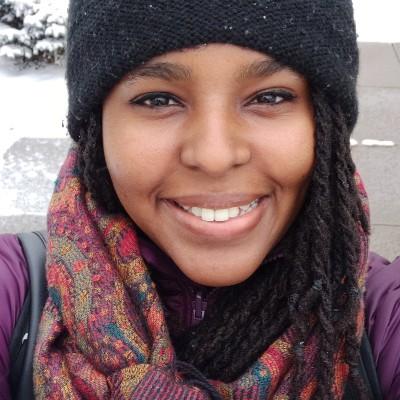event
Wintertime Rossby Wave Breaking Precursors to Seasonal North Atlantic Tropical Cyclone Activity
Primary tabs
The School of Earth and Atmospheric Sciences Presents Dr. Jhordanne Jones, Purdue University
Wintertime Rossby Wave Breaking Precursors to Seasonal North Atlantic Tropical Cyclone Activity
In this study, we examine the wintertime environmental precursors of summer anticyclonic wave breaking (AWB) over the North Atlantic region and assess the applicability of these precursors in predicting AWB impacts on seasonal tropical cyclone (TC) activity. We show that predictors representing the environmental impacts of subtropical AWB on seasonal TC activity improve the skill of extended-range seasonal forecasts of TC activity. There is a significant correlation between boreal winter and boreal summer AWB activity via AWB-forced phases of the quasi-stationary North Atlantic Oscillation (NAO).
Years with above-normal boreal summer AWB activity over the North Atlantic region also show above-normal AWB activity in the preceding boreal winter that tends to force a positive phase of the NAO that persists through the spring. These conditions are sustained by continued AWB throughout the year, particularly when El Niño–Southern Oscillation plays less of a role in forcing the large-scale circulation.
While individual AWB events are synoptic and nonlinear with little predictability beyond 8–10 days, the strong dynamical connection between winter and summer wave breaking lends enough persistence to AWB activity to enable predictability of its potential impacts on TC activity. We find that the winter–summer relationship improves the skill of extended-range seasonal forecasts from as early as an April lead time, particularly for years when wave breaking has played a crucial role in suppressing TC development.
Status
- Workflow status: Published
- Created by: nlawson3
- Created: 05/19/2022
- Modified By: nlawson3
- Modified: 08/16/2022
Categories
Keywords
Target Audience

